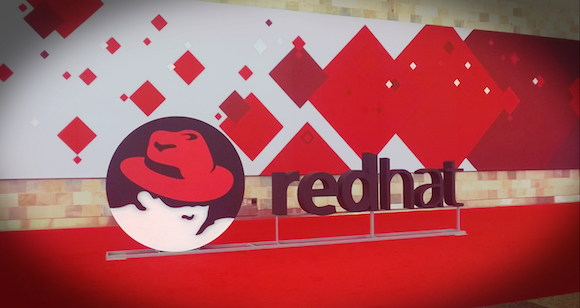Red Hat Enterprise Linux 10.1 and 9.7: An ‘evolving foundation’ for the stack
Red Hat used its appearance at KubeCon + CloudNativeCon Americas 2025 to detail the general availability of Red Hat Enterprise Linux 10.1 and 9.7, which the company says builds on the innovations of Red Hat Enterprise Linux 10 for AI-powered, offline Linux management, quantum threat mitigation and greater control over operational consistency.
Red Hat Enterprise Linux 10.1 and 9.7 are said to provide what Red Hat calls “a strategic and durable operating system platform” to address the complexities of hybrid cloud computing.
That’s a complexity that is compounded by demand for AI workloads.
Linux skills gaps
The team suggests that AI-powered Linux management is foundational to Red Hat Enterprise Linux, with the Red Hat Enterprise Linux command-line assistant lowering the skills barriers to help manage and troubleshoot connected systems.
According to Red Hat, “The command-line assistant now has an expanded context limit, so customers can attach more data, making it easier to analyse very large log files and data streams for troubleshooting.”
The offline version of the Red Hat Enterprise Linux command-line assistant (now in developer preview) is a self-contained tool that runs locally, enabling users to receive AI-powered guidance for Linux tasks in disconnected environments.
This could be important for organisations in highlysensitive and regulated industries where cloud services are restricted.
AI accelerator drivers
As IT teams need to frequently update AI accelerator drivers, they can experience can software conflicts and disrupt production. RHEL users can now access and install validated drivers for AI accelerators from AMD, Intel and NVIDIA. This helps provide a secure foundation for emerging and mission-critical AI workloads, helping reduce bottlenecks and accelerate the AI/ML lifecycle.
Gunnar Hellekson, vice president and general manager, Red Hat Enterprise Linux, Red Hat has gone on the record to say Red Hat Enterprise Linux 10.1 and 9.7 offer IT organisations the tools and capabilities necessary to be more efficient, bridge skills gaps and maintain more consistent systems and management practices, no matter where their workloads run or whatever those workloads are.
According to Hellekson and team, “Red Hat Enterprise Linux continues to smooth IT operations with features that help reduce downtime and provide greater consistency. Red Hat Enterprise Linux 10.1 includes soft-reboots, a new capability in image mode that enables administrators to change system states without needing a full kernel reboot. This provides for faster updates and patching with minimal disruption to business operations, keeping crucial production applications online even during maintenance.”
Red Hat Enterprise Linux also supports reproducible builds for container tools in image mode, so container images built with the same content are identical. This enhances security and improves the efficiency of cloud-native application pipelines without limiting time to market for new applications.
Additionally, the Automatic Certificate Management Environment (ACME) is now generally available, automating the manual and error-prone task of security certificate updates for production applications and helping to maintain appropriate levels of security and reliability.
Post-quantum cryptography
Building on the post-quantum cryptography capabilities introduced in Red Hat Enterprise Linux 10, Red Hat Enterprise Linux 9.7 now incorporates these same post-quantum cryptography algorithms to help address potential threats posed by future quantum computing.
Red Hat Enterprise Linux 10.1 adds enhanced support for post-quantum cryptography in Transport Layer Security (TLS), offering protection for crucial data in transit. Additionally, the OpenTelemetry Collector in Red Hat Enterprise Linux 9 and 10 Cloud Images now supports Trusted Platform Module (TPM) on AWS, Microsoft Azure, and Google Cloud Platform, allowing sensitive operations to be performed within tamper-resistant hardware.




